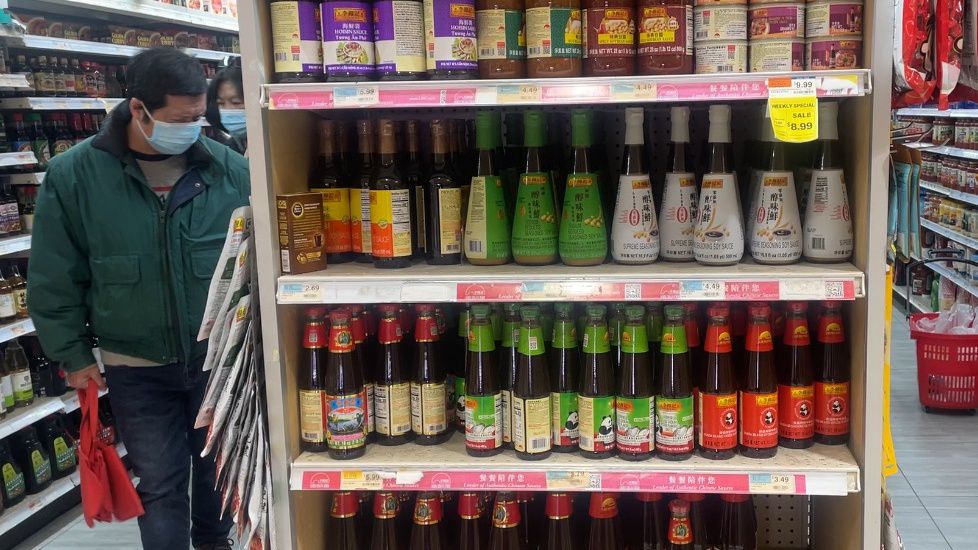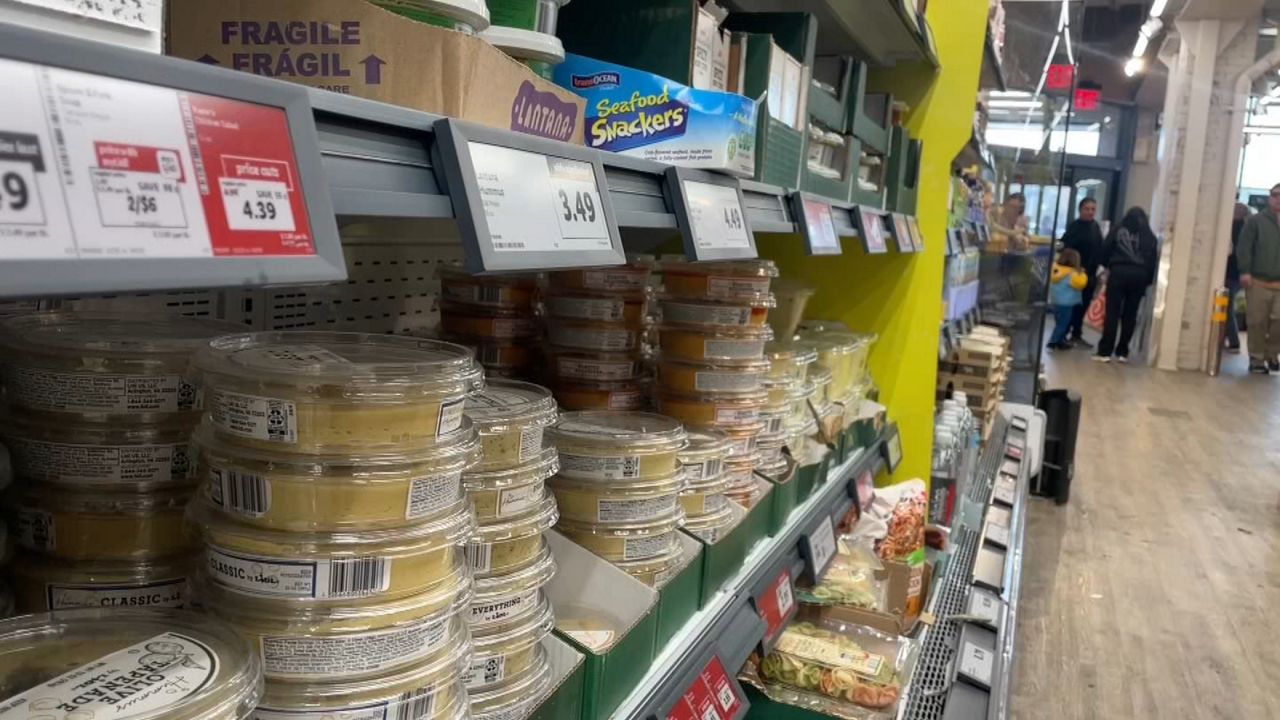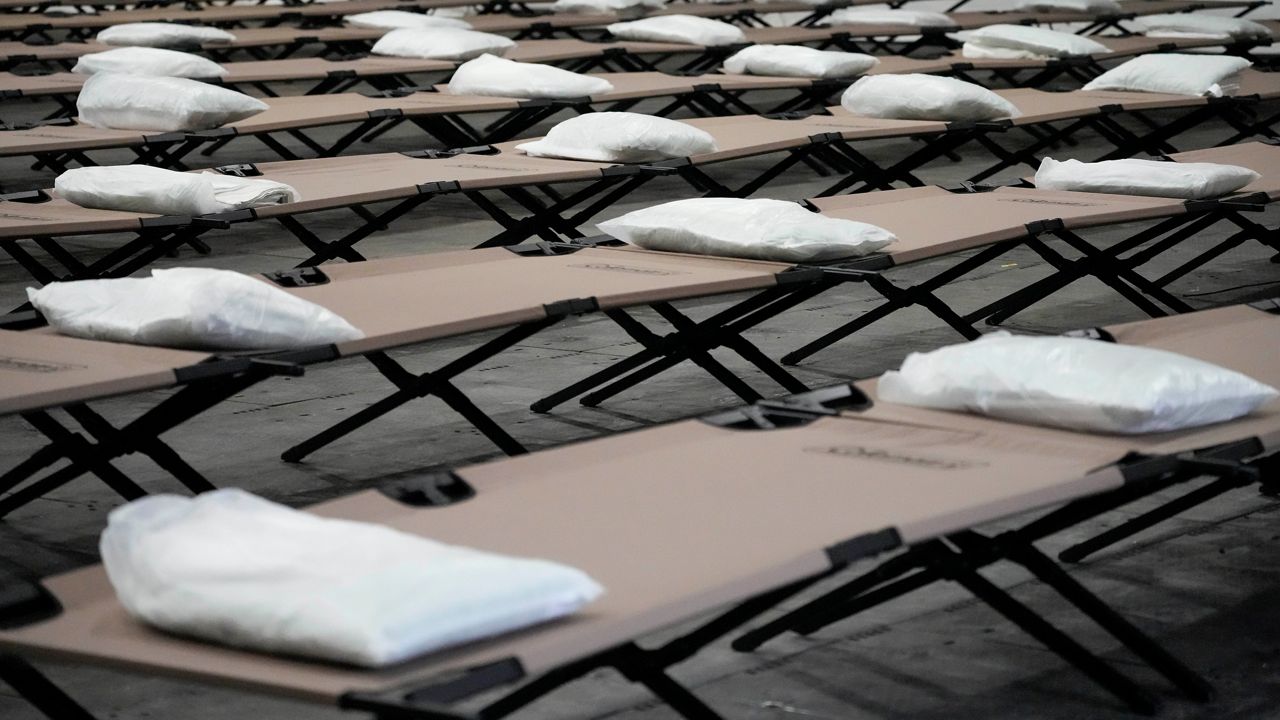The city opened a migrant relief center outside the Creedmoor Psychiatric Center in Queens on Tuesday, a day earlier than the site was originally set to begin operating.
Buses carrying asylum seekers pulled up to the new shelter Tuesday evening. At a news briefing, Dr. Ted Long, the senior vice president of ambulatory care and population health at New York City Health + Hospitals, said approximately 100 migrants were set to arrive Tuesday.
The Queens Village facility, which includes an intake center and two sleeping tents, will provide shelter and services for around 1,000 adult men seeking asylum, Long said.
What You Need To Know
- The city opened a migrant relief center outside the Creedmoor Psychiatric Center in Queens on Tuesday, a day earlier than the site was originally set to begin operating
- The Queens Village facility, which includes an intake center and two sleeping tents, will provide shelter and services for around 1,000 adult men seeking asylum, officials said
- Mayor Eric Adams first announced plans to build a shelter in the parking lot of the state-run psychiatric center at the end of last month, garnering mixed reactions from Queens Village residents and drawing concerns from local elected officials
“We’ve been working incredibly hard to open this site so that we can care for the asylum seekers coming into our city,” Long said. “We’ve been working so hard that we’re opening the site a day ahead of schedule.”
Migrants who arrive at the tent shelter will have access to portable bathrooms and showers, laundry services, a cafeteria, and a bed with a lockbox to store belongings, he said. Case workers will help new arrivals reconnect with family and friends and work toward their goals for longer-term housing.
One hundred thousand asylum seekers have arrived in the five boroughs since last spring, Long noted.
“Forty percent, or nearly 40,000 of those 100,000, with our help, have been able to leave our city system and take the next step forward in their journey,” he said. “This facility here is focused around achieving that goal as fast as possible.”
Mayor Eric Adams first announced plans to build a shelter in the parking lot of the state-run psychiatric center at the end of last month, garnering mixed reactions from Queens Village residents and drawing concerns from local elected officials, including about the lack of public transit in the area.
“To put a facility like this here — to add to the problems that we already have — is kind of ridiculous,” said Queens Village resident Joseph Sinisgalli.
Residents believe 1,000 new people will put a huge strain on local buses.
“There’s only one bus. There’s a Nassau County bus and a city bus and that’s it,” Sinisgalli said. “You’re gonna have the migrants here waiting for buses.”
Long on Tuesday said the city has had to “create new space” as it works to provide temporary housing for asylum seekers.
The Adams administration has opened more than 200 emergency sites across the city, Emergency Management Commissioner Zack Iscol said, with another relief center set to open on Randall’s Island early next week.
“When we had a line recently outside of the Roosevelt Hotel, especially for me as a primary care doctor, it broke my heart,” Long said, referring to dozens of migrants who slept on the street outside the arrival center in Manhattan late last month as they waited to be processed.
“We never want to go back there again,” he added. “And we’re here today because we’ve received help from New York state. They’ve enabled us to be here. They’re reimbursing us for the cost of it.”
Speaking at Tuesday’s briefing, Mayor’s Office of Immigrant Affairs Commissioner Manuel Castro called on the federal government to provide more help as well.
The city is on track to spend $12 billion to address the migrant influx within the next two years, Castro noted, echoing remarks Adams made last week about the five boroughs’ financial outlook without state and federal intervention.
“This cannot fall on the shoulders of just New York City and New York state alone,” Castro said. “We continue to be a city of immigrants, but we are not a city of unlimited resources.”


?wid=320&hei=180&$wide-bg$)

_CC_PKG_Manufacturers_Tariffs_133971722_389)


